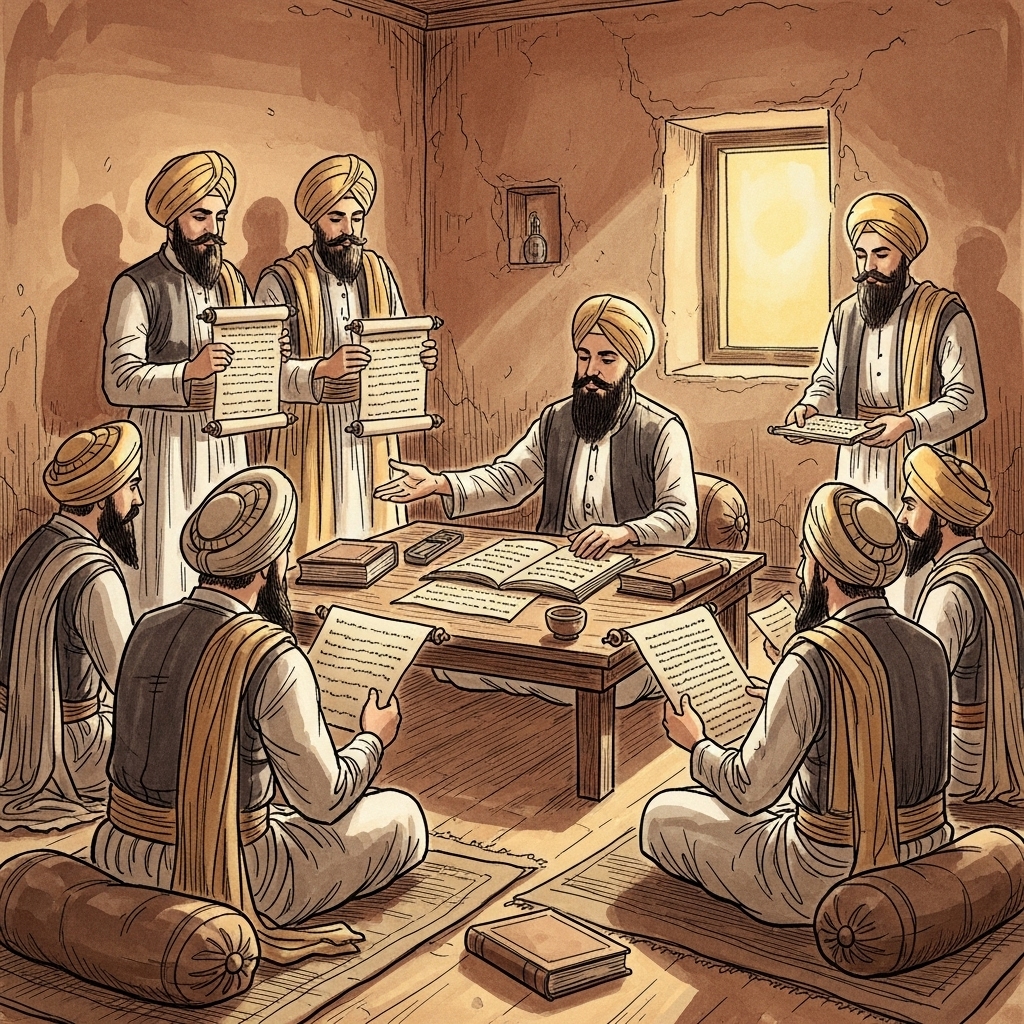💡 1879 — A Movement of Renewal BeginsThe founding of the Lahore Singh Sabha, a key movement to revive Sikh heritage, education, and identity.

How does a community reclaim its identity in a rapidly changing world? For 19th-century Sikhs, the answer was a new kind of Sabha (assembly). In response to external pressures and internal challenges, a group of prominent Sikhs, led by the visionary Professor Gurmukh Singh, established the Singh Sabha in Lahore. This branch was distinct from its Amritsar predecessor, taking a more assertive approach to reform. Its mission was to restore Sikhism to its core principles, promote literacy in the Gurmukhi script, and publish literature to clarify Sikh history and theology. The Singh Sabha movement was an intellectual and spiritual renaissance. It was crucial for navigating the challenges of the modern era, standardizing the Sikh code of conduct, and establishing vital educational institutions like Khalsa College Amritsar, shaping the Sikh identity we know today. This story is a testament to the power of community organization and intellectual revival in preserving culture and faith.
|